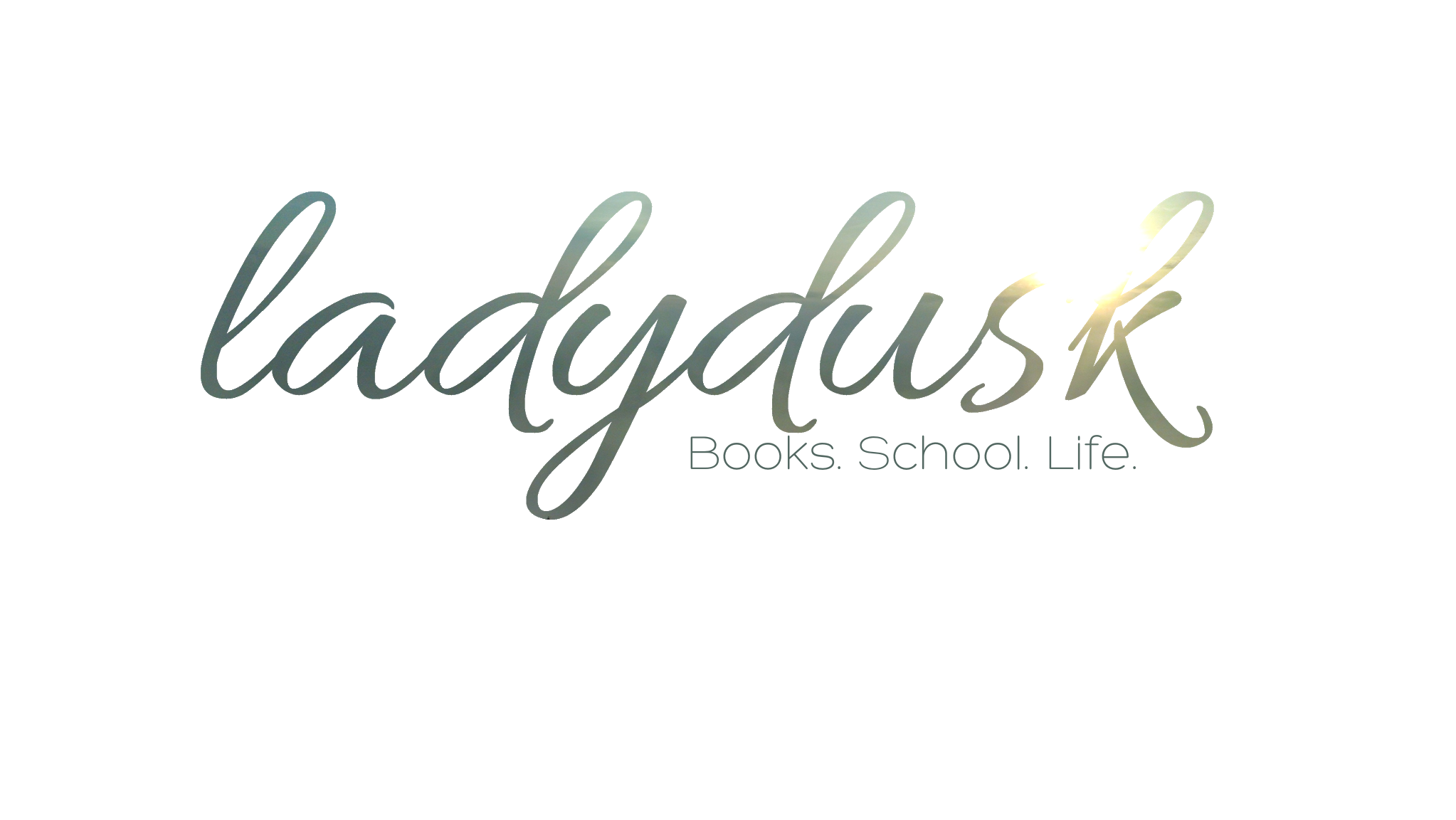Scaffolding Provides Safety in Transparent Fashion
A scaffold, we learn, is set on a firm, level base plate. This plate is the firm foundation upon which the scaffold is built and provides stability for the whole structure.
 Does anyone want to stand on a rickety scaffold? I can’t think so (although I have no practical experience in this matter)
Does anyone want to stand on a rickety scaffold? I can’t think so (although I have no practical experience in this matter)
The metal forms for the scaffold go up and across and appropriate lengths to be a solid, secure platform from which workers work. As the levels go up, so go the building.
Mama, your job is to make certain your child can build on prior knowledge in appropriate increments with a sense of safety and security.
We all know that there are ideas and directions our minds may go to make connections that are healthy and reasonable … and there are ways that lead down paths that are less than salubrious. I once heard Andrew Kern talk about learning the right pathways to make connections rather than allowing the mind to be filled with so much disconnected flotsam and jetsam. I admit that’s how my mind feels much of the time, I would that I were more careful and directed in my thought patterns.
That’s what the scaffolding does. It helps your children learn how to make fitting connections, laying brick upon brick of ideas. It gives them a platform to stand on – or tie off to if they’re too high up – that doesn’t wriggle and writhe with the wind, their own movements, or unforeseen forces.
When you build – counting the cost, for sure – you must first set your foundation. (Luke 6:46-49). The scaffolding, as we will talk later, isn’t permanent and so it isn’t drilled down into the bedrock, but set upon it with care. Those base plates matter. We want to set them just so, this way as the lesson – or years – proceed appropriately.
Many years ago, Andrew Kern, writing on the old Quiddity blog, wrote my first introduction to “scaffolding” it in his post Incarnational Teaching in Kindergarten. He didn’t call it that (and I didn’t make the connection until just now; so much floating around up there, ugh) but between this article and his famous “play with the puppies” metaphor as the introduction to a lesson is exactly the base plate we need.
Incarnational teaching introduces kids to real ideas and real things. It builds from there relating back to real ideas and stretching forward, pointing in the direction the mind will go. This can work many ways in helping our students to focus their attentions in a proper direction and make their own connections besides.
We want each lesson to tie backward and look forward. (Like the already and not yet? I’ll have to think more on that …). When a lesson ties back into what your children know – the lower levels of the scaffolding – it stays on that foundation and gives them peace, not confusion or instability. When a lesson leads forward with questions it gives them a desire to climb still higher, knowing they’ll be safe.
In the Incarnational Teaching in Kindergarten blog post, Kern showed:
This is why I often argue that, while the stages of a subject and of a child’s development are powerful concepts, the real glory of the trivium as three stages is in the individual lesson: grammar – present types; logic – compare types; rhetoric – express and apply the idea.
From him, I learned that these ideas can be great – across a lifetime – or small – across a single lesson. Scaffolding is like that. It can be great – across a curriculum or a single reading.
So a scaffolded lesson starts with a firm base – What do you remember from ………..? What do you know about …………….? Do you remember ……………..?
Then we start building: read the material, pull out the polygons, attend the event.
After the presentation and narration we ask: What did this remind you of? Does this remind you of anything? What connections to other ideas did you make? What questions do you have? (then leave some of the questions! But make sure you present something to answer them)
We let them narrate, recreate, reposit, reconnect, and ask new questions to be brought around at the next lesson. (look at all those re- words! Do it again. That’s what we want!)
Your curriculum can be a good scaffold or a rickety one. Your lesson can be a good scaffold or a rickety one. A good scaffold is transparent to the student. They rely upon it, but they don’t really notice it. They stand sure-footed as they work and the elements harm them not, but their whole focus is on the work at hand not the levels below them or all of the levels to be built above them.
The work you do in presenting types, drawing out connections, and providing space for expression and repetition … all of your work is transparent to the student. A necessary transparency, but not seen by them all the same.
We provide safety for our children when we tie back to previous knowledge; when we ground the live wires; when we leave the tops of the scaffold open for a new level that is also firmly footed. When our kids don’t even have to question whether they’re on safe footing or not.
- Scaffolding and the Homeschool Mom
- Scaffolding Provides Safety in Transparent Fashion ← You Are Here
- Scaffolding is a Trustworthy Standard
- A Mother’s Scaffolding is Temporary … It’s for a Season
- Scaffolding is Atmosphere, Discipline, and Life
- Scaffolding is Atmosphere
- Scaffolding is Discipline
- Scaffolding is Life
- Scaffolding in a Lesson
- Scaffolding Under Conditions
- Scaffolding Q&A

"Your curriculum can be a good scaffold or a rickety one. Your lesson can be a good scaffold or a rickety one. A good scaffold is transparent to the student. They rely upon it, but they don't really notice it. They stand sure-footed as they work and the elements harm them not, but their whole focus is on the work at hand not the levels below them or all of the levels to be built above them."
My favorite part!! <3 Actually reminded me a bit of motherhood as well.
"Leave some of the questions, but make sure you present something to answer them." I found this part interesting. I get that all questions do not need answers right away. Part of the meat that leads to growth is letting them (or ourselves) meditate upon it and draw conclusions afterwards, even if it's months later. That's great! But what if the kiddo (or ourself) has questions that the lesson, book, etc really didn't answer? I know this is what people say can cause frustration, but wouldn't this frustration lead us to delve deeper, or seek out other resources? So wouldn't it be ok to not always "make sure we present something to answer them?" I really don't have the answer, I'm thinking aloud.
Maybe I'm just too into the thrill of thinking and it will just frustrate my poor kiddo? Sometimes I like the thinking about more than the answer. Which is not very NTJ of me at all. I did not used to be that way. That's thanks to Charlotte Mason. =)